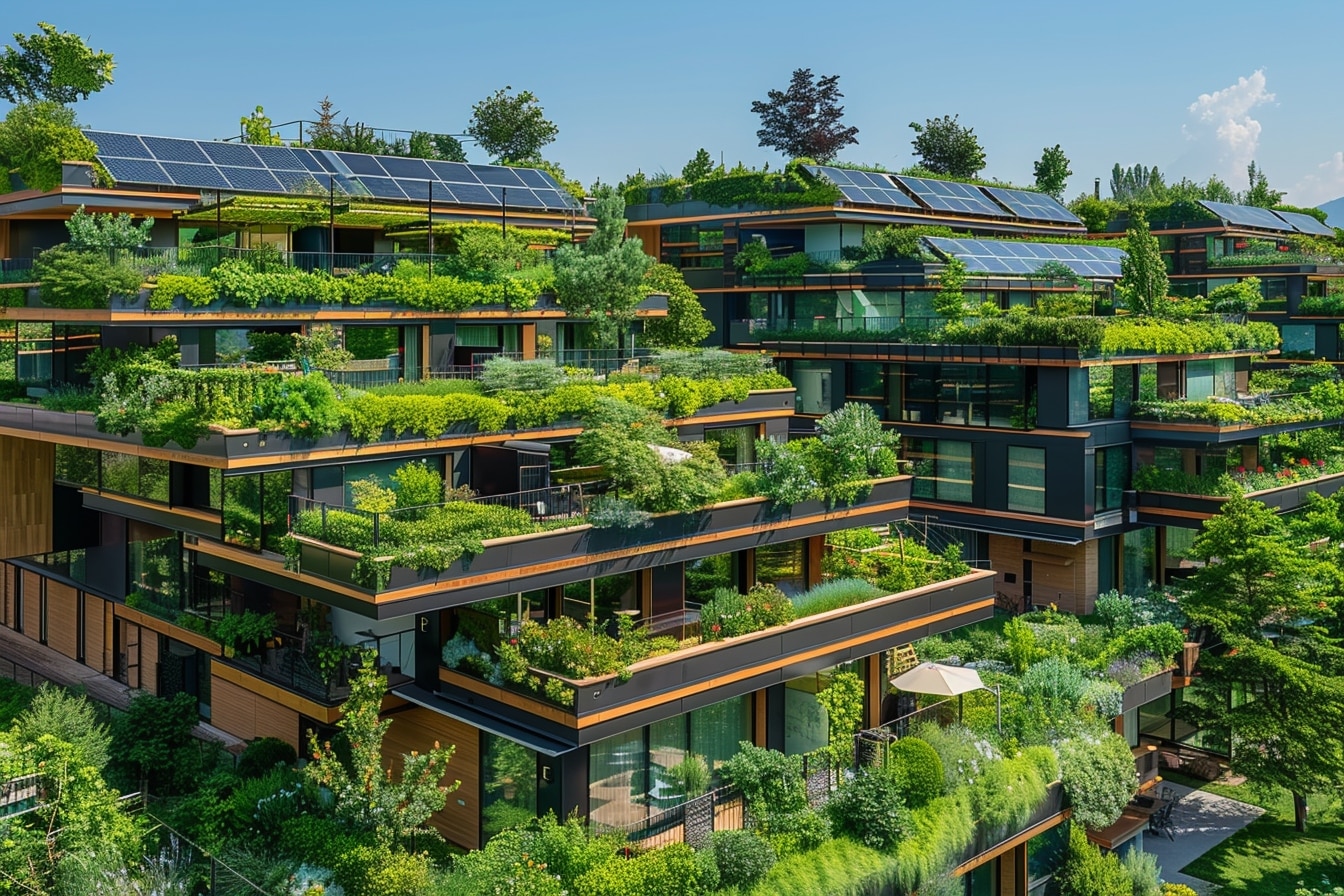Smart Rainwater Harvesting: A Sustainable Water Solution for Every Home
Water is one of the most precious resources on Earth, yet in many parts of the world, it’s becoming increasingly scarce. With growing awareness about sustainability and climate change, rainwater harvesting is emerging as an effective solution for conserving water, reducing utility costs, and promoting environmental stewardship. Whether you’re a homeowner looking to lower water bills or someone interested in sustainable living, rainwater harvesting systems offer a practical, eco-friendly way to make a significant impact.
What is Rainwater Harvesting?
Rainwater harvesting is the process of collecting and storing rainwater for later use. Traditionally, this involves collecting water from rooftops, but it can also be gathered from other surfaces like patios or driveways. This water is typically stored in tanks or cisterns and can be used for various non-potable purposes such as irrigation, flushing toilets, and even for laundry. While it may seem like a simple concept, the benefits and opportunities it presents are profound.
How Does Rainwater Harvesting Work?
A rainwater harvesting system works by capturing rainwater that falls on your roof, channeling it through gutters, and filtering it into storage tanks or cisterns. The process is straightforward but highly effective. Once the water is collected, it can be treated to remove any contaminants and then used for various purposes.
There are two primary types of rainwater harvesting systems:
- Direct systems: These capture rainwater and direct it immediately to where it’s needed, like a garden or lawn irrigation system.
- Indirect systems: These store rainwater for future use, allowing the water to be filtered and reused as necessary.
Why Should You Consider Rainwater Harvesting?
1. Water Conservation
The most obvious benefit of rainwater harvesting is water conservation. In the USA, freshwater resources are under significant stress, particularly in drought-prone areas like California and Nevada. By collecting and reusing rainwater, you can reduce your reliance on municipal water supplies and help alleviate pressure on natural water sources.
2. Reduce Water Bills
Rainwater harvesting can significantly reduce your water bills, especially if you live in a region with high water costs. Once installed, these systems provide a free source of water that can be used for a variety of non-potable purposes. Over time, the savings on your utility bills can easily offset the initial cost of the system.
3. Eco-Friendly Solution
Collecting rainwater reduces the demand on traditional water supply systems, which are often energy-intensive and contribute to environmental degradation. Using rainwater for your garden, washing your car, or flushing toilets is a small but impactful way to reduce your carbon footprint and promote sustainable living.
4. Flood Prevention
Rainwater harvesting also helps prevent flooding and erosion in your yard. Instead of rainwater rushing off your roof and into storm drains, causing potential flooding, it’s collected and stored for later use. This also reduces the strain on local drainage systems, making rainwater harvesting a win-win for you and your community.
Steps to Installing a Rainwater Harvesting System at Home
Setting up a rainwater harvesting system is easier than you might think. Here’s a basic step-by-step guide to get you started:
- Choose the Collection Area: Most people use their roof as the collection surface since it offers a large, elevated area. Install gutters and downspouts to channel the rainwater effectively.
- Install Gutters and Filters: Ensure that your gutters are clean and properly positioned to channel rainwater into a storage tank. Install mesh or filters to prevent debris from entering the system.
- Select a Storage Tank: Depending on your needs, you can select tanks of varying sizes and materials, such as plastic, metal, or concrete. Make sure the tank is suited to your storage capacity needs and is installed securely.
- Set Up the Pump System: If you’re planning to use the harvested water for irrigation or household use, you may need to install a pump to move water from the tank to your plumbing system.
- Regular Maintenance: Like any system, rainwater harvesting systems require occasional maintenance. Clean your gutters, inspect the tank, and ensure the filters are functioning properly.
Costs and Considerations
The cost of installing a rainwater harvesting system can vary widely, depending on the size and complexity of the system. A basic DIY system might cost as little as $500, while more advanced systems can run upwards of $5,000. However, over time, the system pays for itself through reduced water bills and improved water efficiency.
Moreover, some states in the USA offer incentives or rebates for installing rainwater harvesting systems. For instance, regions like Texas and Colorado have embraced rainwater harvesting as a way to promote water conservation in areas prone to drought.
Legal Considerations in the USA
Rainwater harvesting is legal in most parts of the USA, but regulations can vary from state to state. In places like Colorado, strict water rights laws previously restricted rainwater harvesting, but recent legislation has eased these restrictions. It’s essential to check your local laws before installing a system to ensure compliance with state regulations.
The Future of Rainwater Harvesting and Water Conservation
As climate change continues to disrupt weather patterns, water conservation will become even more critical. Rainwater harvesting is a practical, accessible solution that anyone can implement. Whether you’re living in a drought-prone area or simply want to reduce your environmental footprint, installing a rainwater harvesting system is an investment in a more sustainable future.
By embracing this eco-friendly practice, you’re not only saving money but also contributing to the global effort to conserve water and protect our planet for future generations.
Conclusion
Rainwater harvesting is more than just a way to conserve water—it’s a smart, sustainable solution for every home. Whether you’re looking to cut costs, reduce your environmental impact, or simply find new ways to be resourceful, rainwater harvesting systems are an easy and effective way to do so. Start collecting rainwater today and play your part in creating a more sustainable, water-wise future.

